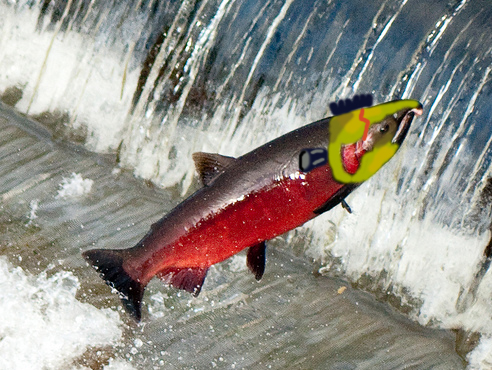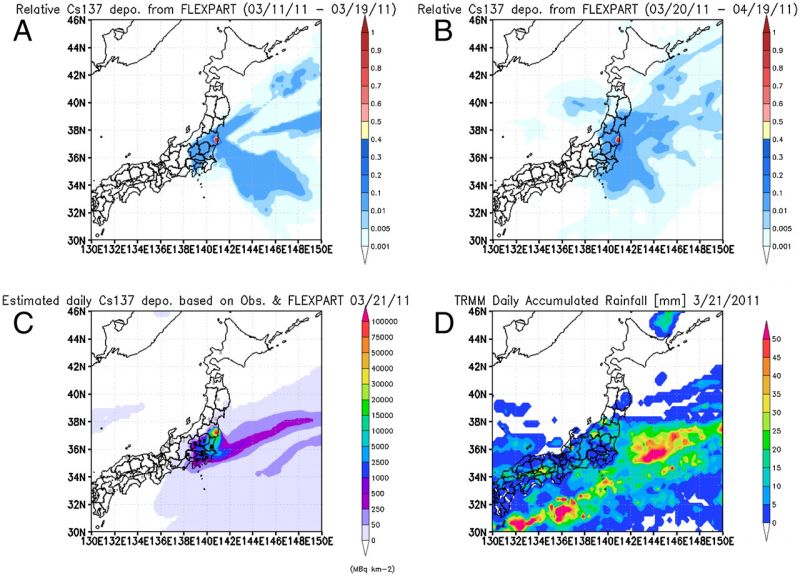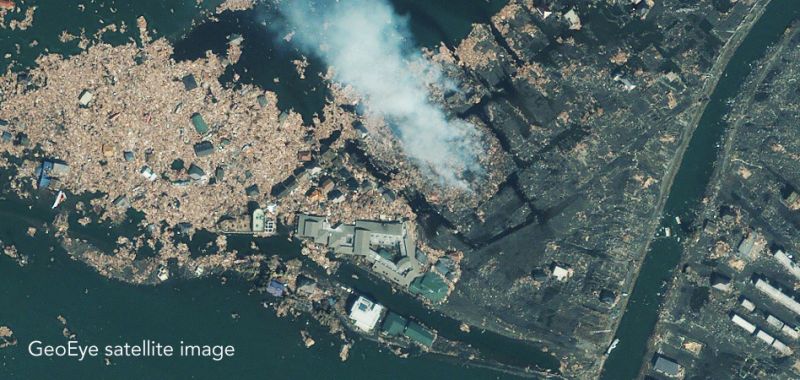This story first appeared on the Guardian website and is reproduced here as part of the Climate Desk collaboration.
Bluefin tuna contaminated with radiation believed to be from Fukushima Daiichi turned up off the coast of California just five months after the Japanese nuclear plant suffered meltdown last March, US scientists said.
Tiny amounts of cesium-137 and cesium-134 were detected in 15 bluefin caught near San Diego in August last year, according to a study published on Monday in the journal Proceedings of the National Academy of Sciences.
The levels were 10 times higher than those found in tuna in the same area in previous years but still well below those that the Japanese and US governments consider a risk to health. Japan recently introduced a new safety limit of 100 becquerels per kilogram in food.
The timing of the discovery suggests that the fish, a prized but dangerously overfished delicacy in Japan, had carried the radioactive materials across the Pacific Ocean faster than those conveyed by wind or water.
The researchers, led by Daniel Madigan at Stanford University, said they had found evidence that the fish had been contaminated at “modestly elevated” levels with cesium. The chemical was released into the ocean in the wake of the accident at Fukushima Daiichi on March 11, 2011.
Madigan told Reuters: “I wouldn’t tell anyone what’s safe to eat or what’s not safe to eat. It’s become clear that some people feel that any amount of radioactivity, in their minds, is bad and they’d like to avoid it. But compared to what’s there naturally…and what’s established as safety limits, it’s not a large amount at all.”
The fish are thought to have been exposed to radiation for about a month before beginning their journey east across the Pacific. They were found to contain 4 becquerels per kilogram of cesium-134 and 6.3 becquerels per kilogram of cesium-137, the report said. A 2008 study of fish in the area found no evidence of cesium-134, which is produced only by nuclear power plants and weapons, and cesium-137 only at levels that naturally occur in the environment.
The results “are unequivocal. Fukushima was the source”, said the Woods Hole Oceanographic Institution’s Ken Buesseler, who played no part in the research.
Japan’s chief cabinet secretary, Osamu Fujimura, conceded that the findings suggested the monitoring of radiation levels in fish outside Japanese waters may have to be stepped up.
The spawning and migratory patterns of bluefin tuna indicate that the issue of contaminated fish will be confined to Pacific coastlines.
Bluefin spawn only in the western Pacific, off the coasts of Japan and the Philippines. Some juvenile or adolescent fish migrate east to the coast of California coast and remain there to fatten up.
Scientists say they do not believe contamination will linger in large fish capable of swimming farther afield, since they are able to metabolize and excrete radioactive substances.
The fish examined in the United States study weighed an average of 15 pounds. They had shed some of the radionuclides during their journey but had been unable to flush them out altogether.
“We were frankly kind of startled,” said Nicholas Fisher, an expert at Stony Brook University in New York, who took part in the study. “That’s a big ocean. To swim across it and still retain these radionuclides is pretty amazing.”
The operator of the Fukushima Daiichi plant, Tokyo Electric Power, estimates that 18,000 terabecquerels of radioactive materials flowed into the Pacific after the accident, either in the form of fallout or through mixing with water that leaked from the facility. A terabecquerel is equal to 1 trillion becquerels.















